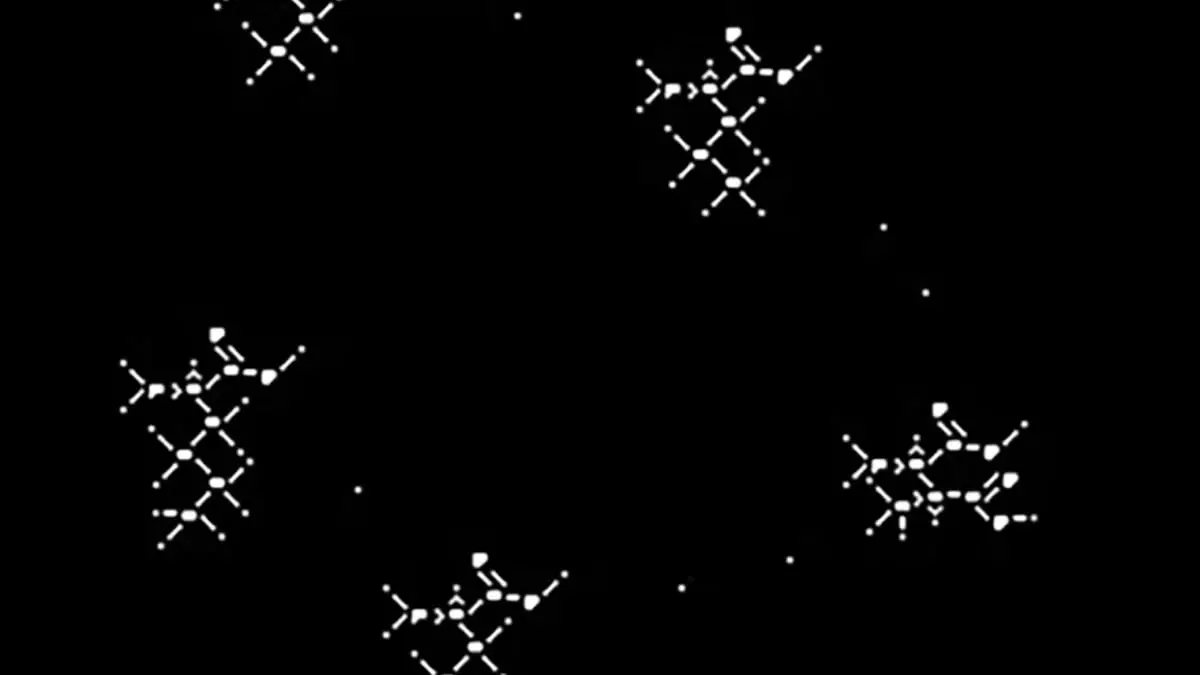In a remarkable feat of human curiosity and collaboration, a simulated extraterrestrial message purportedly from Mars was decoded in June 2023 by the determined duo of Ken and Keli Chaffin. Their relentless pursuit marked nearly a year dedicated to deciphering the cryptic signal, which was part of the “A Sign in Space” project spearheaded by the Search for Extraterrestrial Intelligence (SETI) Institute. The endeavor was not just a scientific exercise but an artistic exploration of how an alien signal might be interpreted by human minds.
What makes this simulated message intriguing is its composition: five distinct formations of amino acids. While these clusters have been confirmed by project associates to represent fundamental building blocks of life, the broader implications of their arrangement remain shrouded in mystery. Could these configurations mirror the processes of life emerging from the cosmos or perhaps signal a benign extraterrestrial greeting? It is these unanswered questions that ignite the imagination and encourage speculation across the globe.
At the forefront of this initiative is Daniela de Paulis, an artist affiliated with SETI and a certified radio operator, who played a pivotal role in crafting the project’s vision. Collaborating with an international team of scientists and artists, de Paulis aimed to create a bridge between scientific inquiry and artistic interpretation, allowing individuals to engage with the essence of extraterrestrial communication. This dual approach not only adds depth to the message but also highlights the interdisciplinary nature of contemporary scientific endeavors.
The journey of decoding the message commenced when the ExoMars Trace Gas Orbiter transmitted a signal that mimicked an alien communication. This signal was captured by several observatories, including notable facilities such as the Allen Telescope Array in California and the Green Bank Telescope in West Virginia. The raw data was subsequently made accessible online, inviting citizen scientists from around the world to partake in this cosmic puzzle. This inclusive approach empowered individuals devoted to understanding the cosmological message, fostering a sense of global community and shared purpose.
Challenges and Interpretations
The decoding process itself was fraught with challenges, particularly as the Chaffins employed complex cellular automata algorithms to interpret what initially appeared to be a random pattern of white pixels. This technical aspect underscores the intricate mathematics and computing skills necessary to approach such cosmic phenomena. The Chaffins’ findings are both a scientific achievement and a testament to the human spirit of exploration.
Moreover, de Paulis has indicated that the real essence of the message lies not in expert interpretation but in the subjective responses of those who encounter it. By documenting public interpretations in future works, she acknowledges the challenges in deriving a universally accepted meaning from the message, resonating with how humanity seeks to make sense of the unknown.
While the intentions behind the configurations of amino acids remain open to interpretation, the excitement surrounding the Chaffins’ work reflects a broader fascination with the cosmos and the possibility of life beyond Earth. As we look to the future, projects like “A Sign in Space” serve not only as a platform for scientific exploration but also as a reminder of our collective quest for knowledge and the mysteries that still lie beyond our planetary horizon.


Leave a Reply